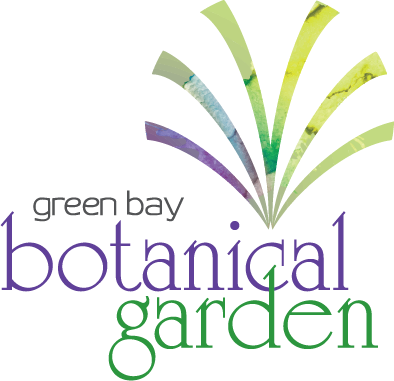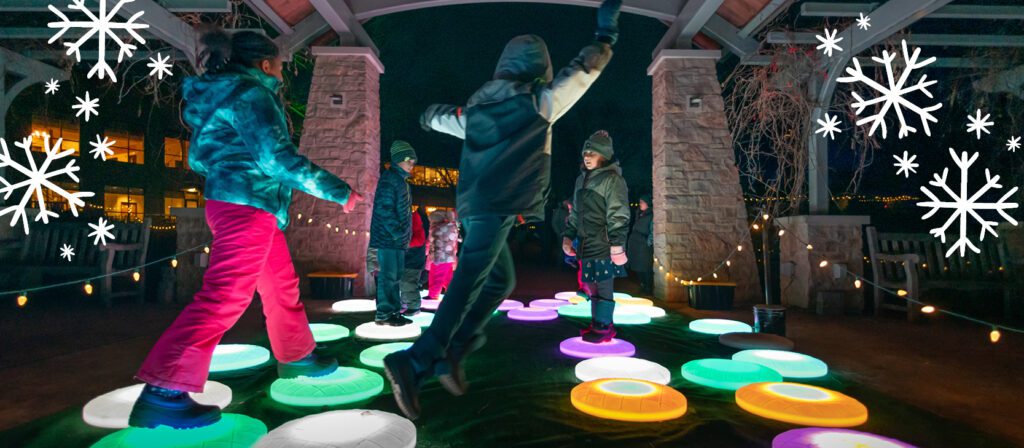Each cool autumn is contrasted by the transformation from lush green to fiery hues of red, orange, and yellow. Yet, after the big show, many of us are left with a sea of leaves to rake, bag, and dispose of. So, why not leave them where they are?
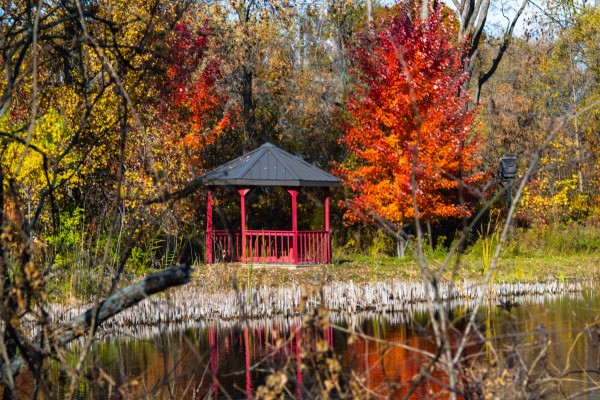
Nature’s Fertilizer
Be-leaf it or not, leaf litter is actually a healthy part of a functioning ecosystem! It takes trees a lot of work to create leaves throughout the summer, and they end up storing 50-80% of the nutrients a plant gathers through the season. When those leaves go to a disposal site, you’re losing an abundance of nutrients that had previously been in your yard, the cheapest fertilizer if you will.2
Leaves also function as a natural mulch. They keep hold moisture in the soil, regulate temperature, and avert erosion. This benefits the health of the soil in your yard and creates an environment that’s great for growing happy plants!2
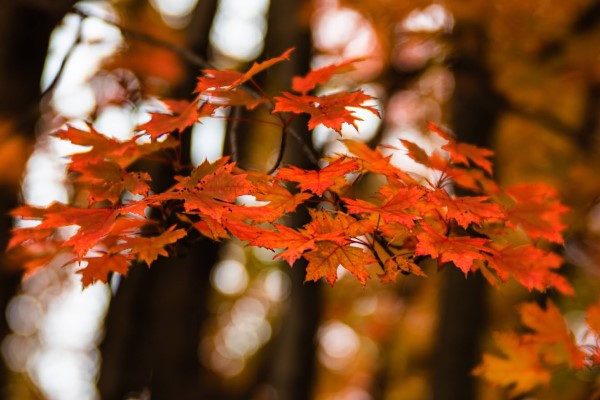
A Hidden Habitat
While leaves may not look like much, there’s a whole world lying beneath them. Dead leaves and other plant detritus are important habitat for pollinators to overwinter. Comfy cozy from their insulating qualities, insects are able to lay larvae, create nests, and burrow.3
As much as I’d love a world without raking, from HOAs to personal aesthetics, there’s a variety of reasons that someone would opt to remove their leaf litter. Thankfully, there are still ways to remove leaves conscientiously.
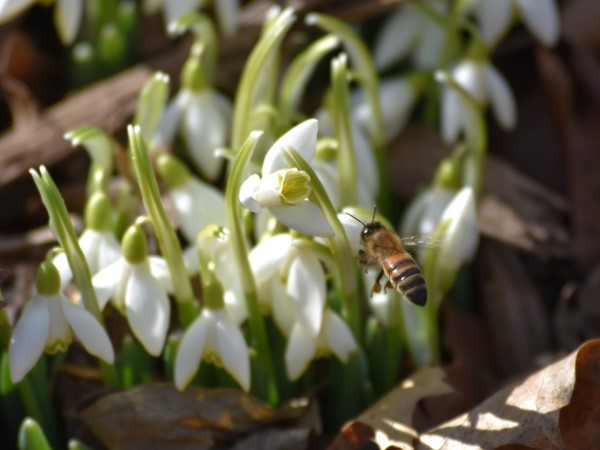
Sustainable Leaf Management Options
If you’d like to cycle nutrients from leaves back into your soil while maintaining the polished appearance of your lawn, consider mowing or tilling your leaves. Mowing leaves reduces them to small, less bothersome shreds that can remain in the lawn. By collecting those leaves with something like a lawnmower bagging attachment, you could also reapply them around garden beds, at the bases of trees, or in other landscaping.2
Still, mowing will be disruptive to any insects’ homes that lurk below the leaves. For gentler redirection, lightly rake your leaves into your landscaping. It may look a bit less tidy with whole leaves as opposed to shreds, but your resident pollinators will thank you.3
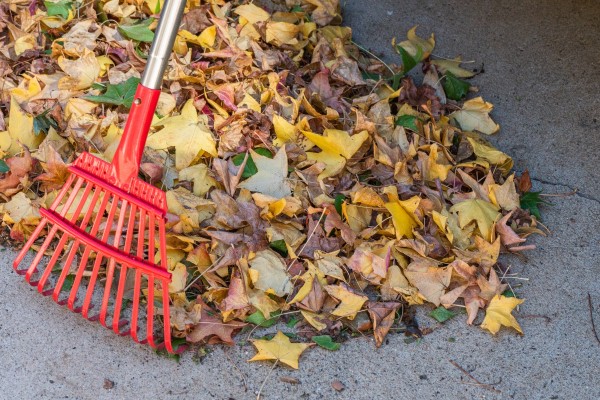
A Better Way to Remove Leaves
But what if you really must get rid of those pesky leaves? Try composting your leaves! In Wisconsin, we have yard waste collection services that ensure that outdoor organic matter doesn’t end up in landfills where it can emit methane.1 Those sites vary by municipality, but most still aren’t as efficient as composting sites. By composting your leaves at home, you’re encouraging leaves to break down optimally, and you have rich soil for the next growing season!2
As you’ve probably gathered, sustainable leaf management isn’t one size fits all. What works for each yard and gardener varies! Still, there are plenty of ways we can be more mindful of the environment. To learn about our eco-friendly practices here at the Garden, visit our website. After all, sustainability is for all seasons, not just fall!
Sources
- “Food Waste and Yard Debris.” Yard & Food Waste, city.milwaukee.gov/sanitation/Yard-Food-Waste. Accessed 17 Sept. 2023.
- Mannino, Vince, et al. “Don’t Bag It – Leaf Management Plan.” Texas A&M Agrilife Extension, aggie-horticulture.tamu.edu/earthkind/landscape/leaf-management-plan/. Accessed 17 Sept. 2023.
- Thuma, Jessie. “Why You Should Leave the Leaves (and Give Yourself a Break from Yard Work!).” Tufts Pollinator Initiative, 12 Nov. 2019, sites.tufts.edu/pollinators/2019/11/why-you-should-leave-the-leaves-and-give-yourself-a-break-from-yard-work/#:~:text=If%20you%20want%20to%20support,break%20down%20during%20the%20winter.
